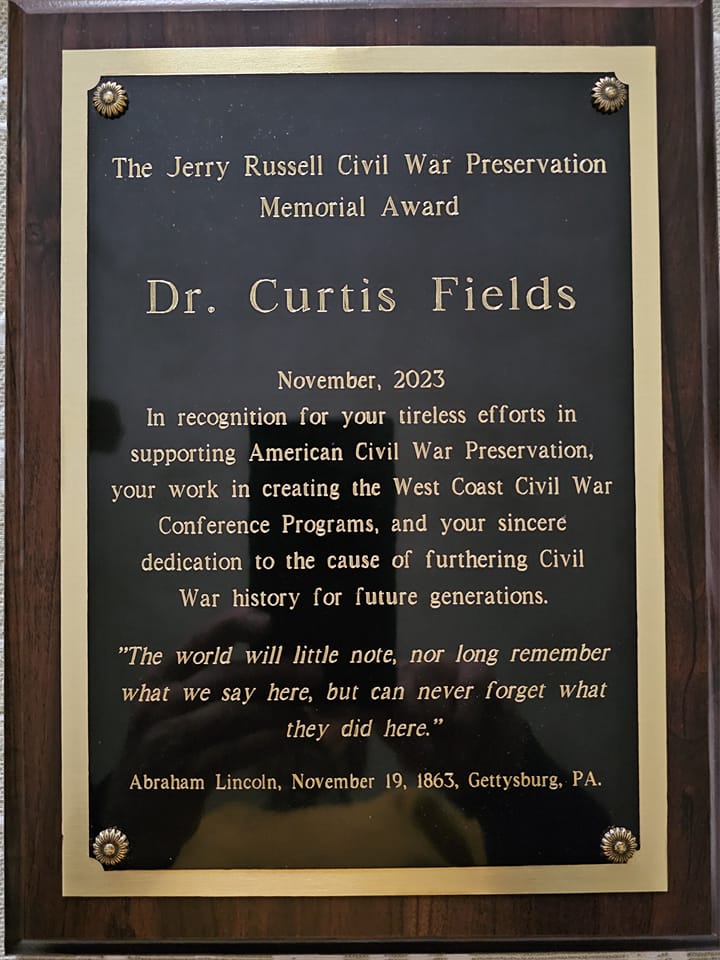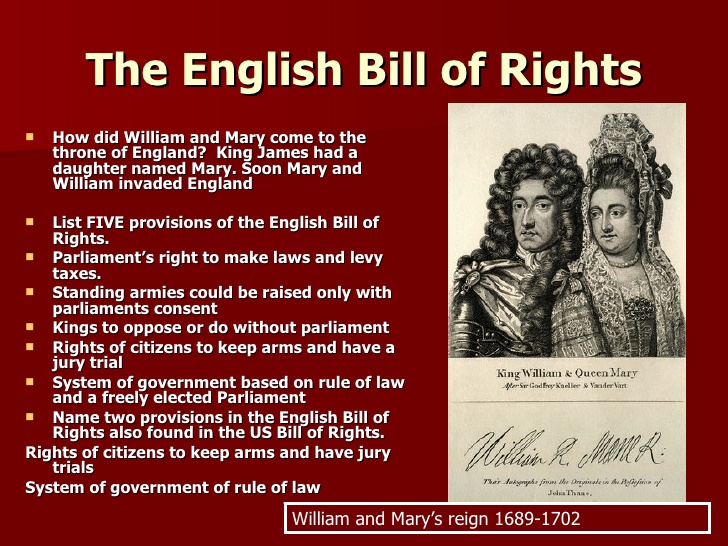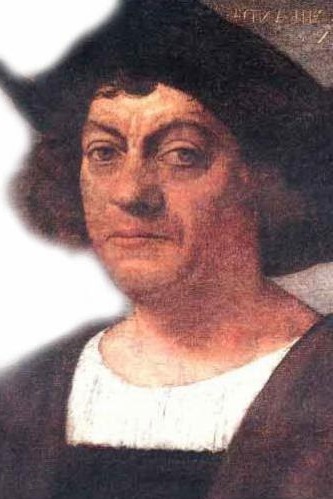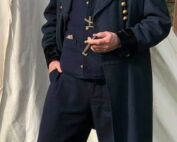In 1688 William of Orange (William III) and Mary, daughter of King James II, (Mary II) came to the throne via the Glorious Revolution- 1688. James II was deposed and fled into exile. The results was the English Bill of Rights (1689).
The English Bill denounced King James II for abusing his power and the bill was passed as British law in December 1688. The English Bill of Rights clearly established that the monarchy could not rule without consent of Parliament. The English Bill put in place a constitutional form of government in which the rights and liberties of the individual were protected under English law. The English Bill of Rights had a great influence on the colonies in North America and the Constitution of the United States.
Excerpt from English Bill of Rights: “Whereas the late king James the Second by the assistance of divers evil counselors, judges, and ministers employed by him, did intend to subvert and extirpate the laws and liberties of this Kingdom”
“From the article” Many historians believe that the ideas of English philosopher John Locke greatly influenced the content of the Bill of Rights. Locke proposed that the role of the government is to protect its citizens’ natural rights.
The English Bill of Rights was an act signed into law in 1689 by William III and Mary II, who became co-rulers in England after the overthrow of King James II. The bill outlined specific constitutional and civil rights and ultimately gave Parliament power over the monarchy. Many experts regard the English Bill of Rights as the primary law that set the stage for a constitutional monarchy in England. It’s also credited as being an inspiration for the U.S. Bill of Rights.
Glorious Revolution
The Glorious Revolution, which took place in England from 1688-1689, involved the ousting of King James II.
Both political and religious motives sparked the revolution. Many English citizens were distrustful of the Catholic king and disapproved of the monarchy’s outright power.
Tensions were high between the British Parliament and the king, and Catholics and Protestants were also at odds.
James II was eventually replaced by his Protestant daughter, Mary, and her Dutch husband, William of Orange. The two leaders formed a joint monarchy and agreed to give Parliament more rights and power.
Part of this settlement included signing the English Bill of Rights, which was formally known as “An Act Declaring the Rights and Liberties of the Subject and Settling the Succession of the Crown.â€
Among its many provisions, the Bill of Rights condemned King James II for abusing his power and declared that the monarchy could not rule without consent of the Parliament.
What’s in the Bill of Rights?
The English Bill of Rights includes the following items:
- A list of King James’s misdeeds
- 13 articles that outlined specific freedoms
- Confirmation that William and Mary were rightful successors to the throne of England
In general, the Bill of Rights limited the power of the monarchy, elevated the status of Parliament and outlined specific rights of individuals.
Some of the key liberties and concepts laid out in the articles include:
- Freedom to elect members of Parliament, without the king or queen’s interference
- Freedom of speech in Parliament
- Freedom from royal interference with the law
- Freedom to petition the king
- Freedom to bear arms for self-defense
- Freedom from cruel and unusual punishment and excessive bail
- Freedom from taxation by royal prerogative, without the agreement of Parliament
- Freedom of fines and forfeitures without a trial
- Freedom from armies being raised during peacetimes
Other important provisions were that Roman Catholics couldn’t be king or queen, Parliament should be summoned frequently and the succession of the throne would be passed to Mary’s sister, Princess Anne of Denmark, and her heirs (than to any heirs of William by a later marriage).











